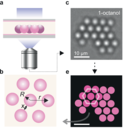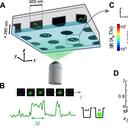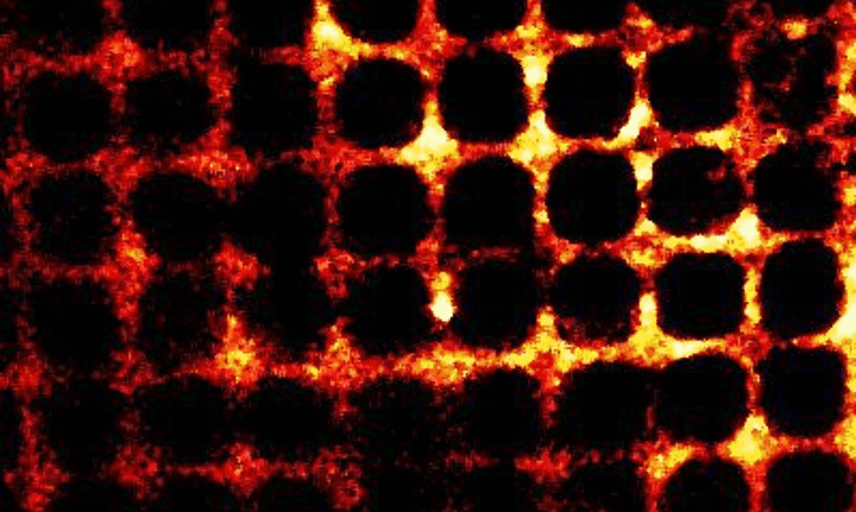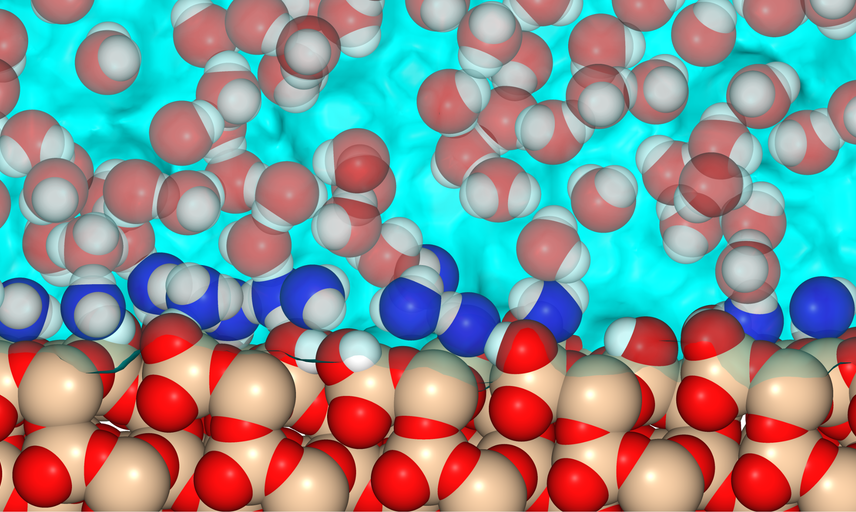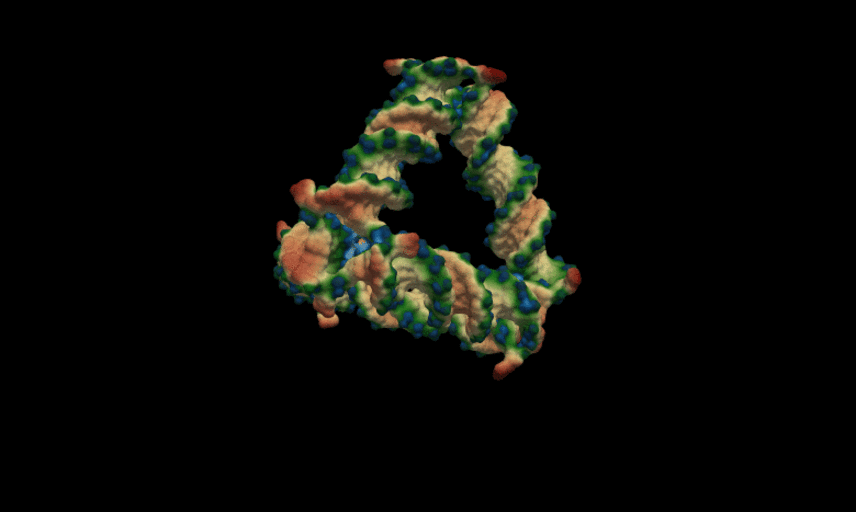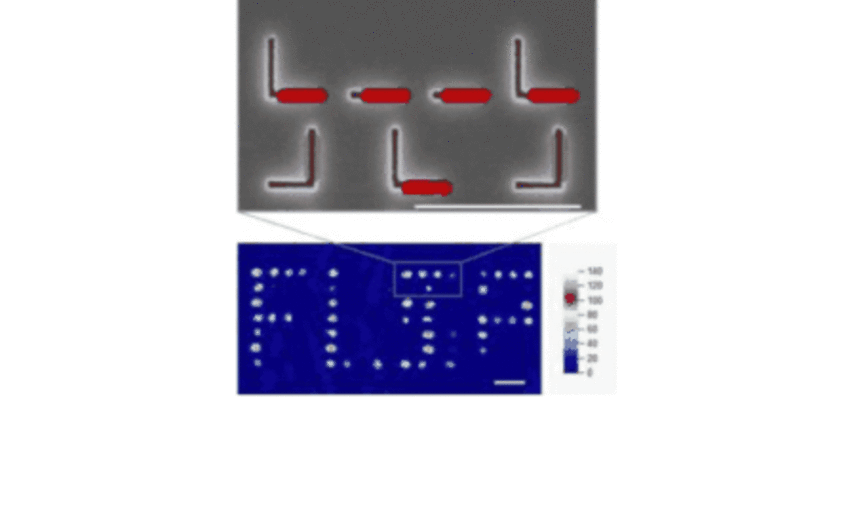KRISHNAN LAB OXFORD, Madhavi Krishnan, University of Oxford, Department of Chemistry
Measuring the properties and interactions of molecular scale matter in solution
A microscopic bit of matter in solution is in continuous motion. Pummelled at random by the solvent, it engages in a Brownian walk that will eventually take it far away from where we first started to observe it. At the nanoscale, even gravity is too weak to influence the trajectory of the object. Placing surfaces in the vicinity however puts new forces into play. By appropriately tailoring the geometry of the walls we are able to harness these intrinsic object-wall forces and manoeuvre our entity of interest into a desired spatial location and orientation in a fluid. Once there, the object levitates stably for long periods.
In my group we are pioneering the use of the "electrostatic fluidic trap" in order to realize new experiments in the spatial control, manipulation, and measurement of molecular-scale matter in solution. Our primary current focus is on the spatial control and confinement of biological molecules such as proteins and DNA; some experiments also involve inorganic entities displaying interesting photonic properties. Our research uses micro- and nanofluidic systems as the experimental platform, and relies on a combination of optical imaging and spectroscopy, nanofabrication, and numerical modelling and simulation to design and understand experiments.
Beyond spatial control of molecular scale matter, we have a strong interest in measurement - of molecular physical properties, dynamics and interactions. Molecular electrostatics has remained relatively unexplored terrain at the experimental level, and a new line of activity unfolding in our lab focuses on understanding the relationship between molecular effective charge and 3D conformation. Having recently demonstrated how our unique "field-free" trap offers high-precision measurement of the effective electrical charge of a single molecule in solution, a major current goal is directed at using this novel approach in order to read out three-dimensional molecular conformation as well as more fine-grained structural features of a charged molecule in solution.
Besides potentially making their way into practical devices such as ultrasensitive and highly precise molecular sensors, possibly even memories and displays, our findings are continually pushing the envelope on control, manipulation and fundamental measurement of matter at the nanometre scale.







